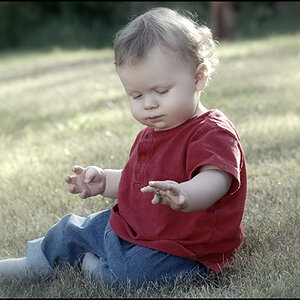dowlers44
TPF Noob!
- Joined
- Oct 29, 2015
- Messages
- 17
- Reaction score
- 1
- Can others edit my Photos
- Photos NOT OK to edit
The different JPEG settings (Basic, Normal, and Fine) are different compression strengths. Fine uses the weakest compression, which retains the most detail and has the largest file sizes, while Basic is the strongest compression, which shrinks the files the most, and throws out the most data in the process.
It is very normal that you can’t see a difference between them on screen, especially when you view them at the size that fits the screen. If you zoom in, you may see differences. You may also see differences in large prints.
The different compression strengths also have different results depending on the scene you’re shooting. If it’s a mostly smooth image, they will all be pretty much the same. But if it’s a highly detailed scene, and with different colors all around, jumping from pixel to pixel, the gap between the weaker and stronger compression options is a lot wider.
If you decide to use JPEG instead of raw, I recommend sticking to Fine. You may shoot a scene that the stronger compression options would crush, and not realize it until you see it on the computer.
Thanks for your in-depth reply. I wanted to pick up on this point above. Actually when I referred to seeing no difference it wasn't just in relation to viewing them at full screen but when I zoom in on the pictures. I had my camera angled down my road, picking up rough, textured brickwork in the near foreground and vegetation in the background. When zooming in on the brickwork on all jpeg cases, I didn't notice any loss in the brickwork detail. It made me wonder how much detail we really need to capture if the naked eye can't pick out the differences in detail and would I be just taking up unnecessary memory space taking and storing such large file types.


![[No title]](/data/xfmg/thumbnail/34/34115-73b827c6a6db1413dcead11e4caaae69.jpg?1619736285)
![[No title]](/data/xfmg/thumbnail/32/32003-70dfe149c27224e28ba98e975984e01e.jpg?1619735147)
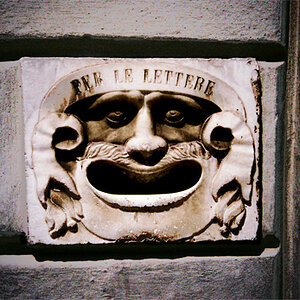
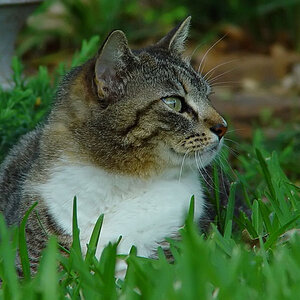
![[No title]](/data/xfmg/thumbnail/34/34114-dd12be026979ccd4182c5f478bd91448.jpg?1619736284)
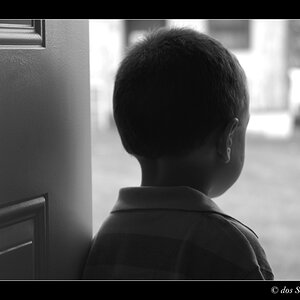

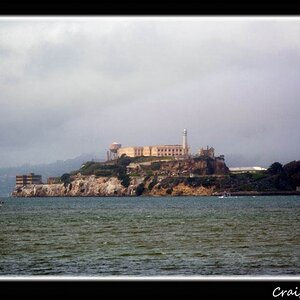
![[No title]](/data/xfmg/thumbnail/34/34117-1b7262554b31c443fa8f93830807c578.jpg?1619736287)
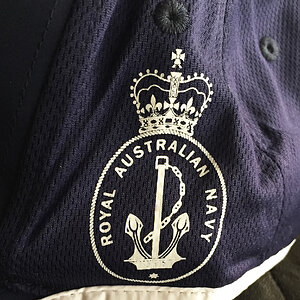
![[No title]](/data/xfmg/thumbnail/40/40292-bee9ec3dc0cd7f6c47df7466ae1fa3d2.jpg?1619739409)
